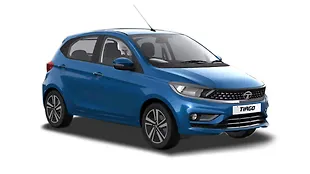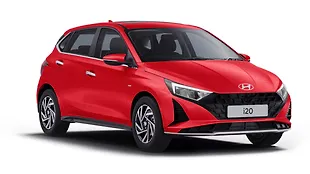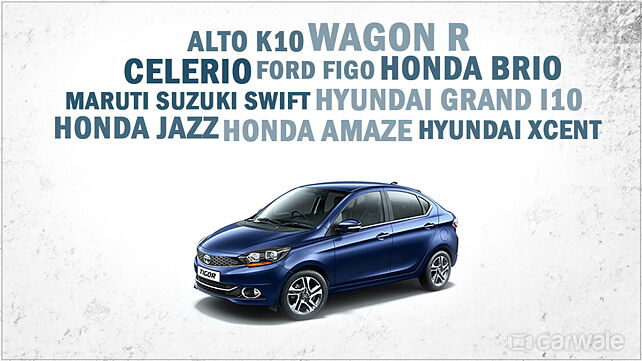
Tata, the pioneers of the compact sedan segment in India, has launched the facelift of their current sub-four metre car, the Tigor. The facelifted Tigor, with revised styling and a few added features, starts at a price marginally higher than that of the existing car at Rs 5.20 lakhs (ex-showroom Delhi) for the base petrol car and goes up to Rs 7.68 lakhs for the top-spec diesel. It comes in at about Rs 50,000 lower than the regular compact sedans but, as we all know, it is based on the Tata Tiago which sits one segment below the hatchbacks from which the other compact sedans have emerged. This is a unique proposition, but for the money you would spend on the Tigor, you do have a few options that are worth a glance.
For the entry-level trim of the Tigor, the XE petrol, you can have a go at the top-spec Alto K10 VXi AMT. It will save you half a lakh and will give you an automatic gearbox, but the cabin space and the large boot of the Tigor will certainly be missed. Then comes the Renault Kwid whose 1.0-litre RXT AMT will have a similar price tag along with the soon to be launched Hyundai Santro and Tata’s own Tiago all with AMTs. Though the Tigor lacks that, it has the ‘space’ card up its sleeve.
Tata has got rid of the XT variants and now the XM trim is the mid-level model. The XM petrol Tigor is priced at Rs 5.55 lakhs while the entry-level XE diesel Tigor gets a price tag of Rs 6.09 lakhs. At this price, you have the option of buying the Wagon R VXI(O) AMT or the Celerio ZXI AMT ABS.
Next in line are the B-segment hatchbacks that compete against the Tigor XZ and XZ+ petrol as well as the XZA variant which is the only AT option now in the Tigor range. With the plus variant you get a seven-inch touchscreen system with Android Auto/Apple CarPlay. In this price band, you get the Ford Figo diesel Ambiente with ABS, the top-spec Honda Brio petrol manual, the Swift diesel with ABS and the second–to-base Hyundai Grandi10 diesel. The Brio matches the XZ with its features but loses out on space while the Swift has a diesel engine but no added features. The Ford Figo competes closely and matches the Tigor for cabin space but loses out on features and of course, the boot. The Hyundai Grand i10 comes closest to the Tigor in terms of value-for-money but loses out on boot space. One point to be noted here is that these hatchbacks have bigger engines and better suspension as they are all built on platforms that sit above the Tigor’s platform segment.
The Tata Tigor diesel XM, the brand’s mid-variant comes for Rs 6.41 lakhs. For this price, you get the Swift Dzire VXI ABS or the LDI ABS. The VXI is the petrol mid-variant and loses out to the Tigor on the equipment list as well as the economy of a diesel engine while the LDI is a bare-bones car. In fact, other compact sedans like the Ford Aspire, Honda Amaze, Hyundai Xcent and the Volkswagen Ameo also meet a similar fate where the Tigor wins either on the equipment list or the economy of the diesel option. But then, the larger engines of the compact sedans and their corresponding hatchbacks and also better mechanicals, do work in their favour if your driving is not limited to city roads.
Finally, you have the Tigor diesel XZ and the XZ+ coming in. At this price you have the option of buying a premium hatchback. The Delta variant of the Baleno will fit in at this price either with a petrol auto option or the diesel manual option. The Honda Jazz will also be available either in the base diesel or the mid-level petrol trims exactly like the Elite i20. Though a sedan always scores over a hatch in terms of perceived status, the premium hatchbacks have carved their own niche and as far as status symbols go, they certainly sits above the Tigor.
Finally, we also have the Bolero Power Plus SLE, the wild-card entry. At Rs 6.89 lakhs, the Bolero is a proven workhorse, especially for the rural Indian market. You also have the option of getting yourself a Maruti Suzuki Ertiga, the base version of which will fit in the price of the top-spec diesel Tigor with both the petrol and diesel engine options.

![Maruti Suzuki Swift [2018-2021] Image Maruti Suzuki Swift [2018-2021] Image](https://imgd.aeplcdn.com/272x153/n/cw/ec/26742/swift-exterior-right-front-three-quarter-2.jpeg?q=80)
![Maruti Suzuki Celerio [2017-2021] Image Maruti Suzuki Celerio [2017-2021] Image](https://imgd.aeplcdn.com/272x153/n/cw/ec/31314/celerio-exterior-right-front-three-quarter-2.jpeg?q=80)
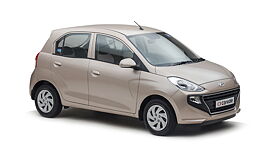

![Tata Nexon [2017-2020] Image Tata Nexon [2017-2020] Image](https://imgd.aeplcdn.com/272x153/cw/ec/42611/Tata-Nexon-Exterior-172215.jpg?wm=0&q=80)
![Tata Tigor [2018-2020] Image Tata Tigor [2018-2020] Image](https://imgd.aeplcdn.com/272x153/cw/ec/36261/Tata-Tigor-Exterior-137896.jpg?wm=0&q=80)
![Hyundai Elite i20 [2018-2019] Image Hyundai Elite i20 [2018-2019] Image](https://imgd.aeplcdn.com/272x153/cw/ec/32953/Hyundai-Elite-i20-Exterior-118748.jpg?wm=0&q=80)
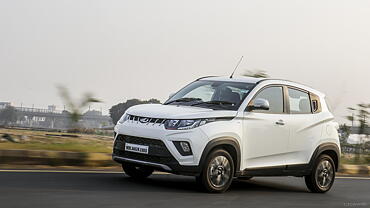
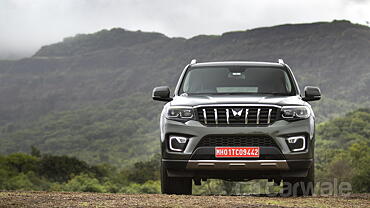
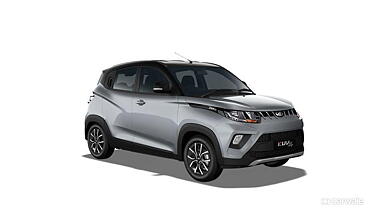

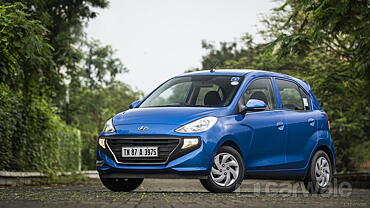
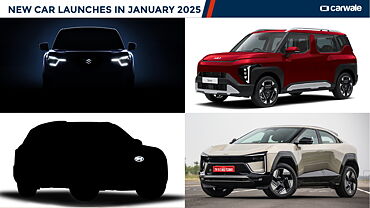
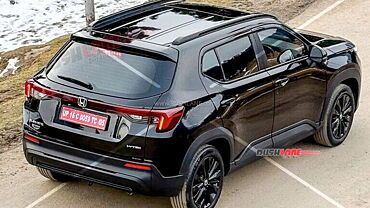


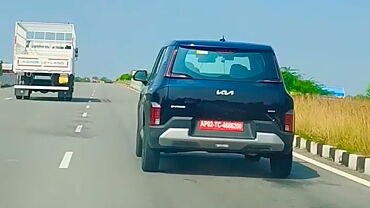





![Maruti Suzuki Swift [2018-2021] Right Front Three Quarter Maruti Suzuki Swift [2018-2021] Right Front Three Quarter](https://imgd.aeplcdn.com/199x112/n/cw/ec/26742/swift-exterior-right-front-three-quarter-2.jpeg?q=80)
![Maruti Suzuki Swift [2018-2021] Right Side View Maruti Suzuki Swift [2018-2021] Right Side View](https://imgd.aeplcdn.com/199x112/n/cw/ec/26742/swift-exterior-right-side-view.jpeg?q=80)
![Maruti Suzuki Swift [2018-2021] Right Rear Three Quarter Maruti Suzuki Swift [2018-2021] Right Rear Three Quarter](https://imgd.aeplcdn.com/199x112/n/cw/ec/26742/swift-exterior-right-rear-three-quarter.jpeg?q=80)
![Maruti Suzuki Swift [2018-2021] Dashboard Maruti Suzuki Swift [2018-2021] Dashboard](https://imgd.aeplcdn.com/199x112/n/cw/ec/26742/swift-interior-dashboard.jpeg?q=80)
![Maruti Suzuki Swift [2018-2021] Steering Wheel Maruti Suzuki Swift [2018-2021] Steering Wheel](https://imgd.aeplcdn.com/468x263/n/cw/ec/26742/swift-interior-steering-wheel.jpeg?q=80)



